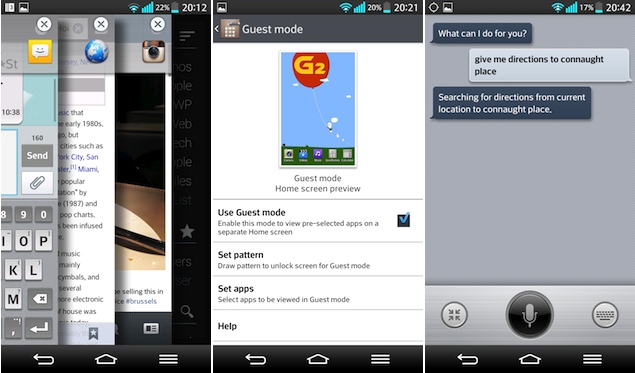64-bit Android phones have been quite a while in the workings, primarily because of shortcomings with ARM and its chip making partners to get the platform ready. Now it’s about to change with the 5-inch Huawei G621, expected to be priced at a modest Rs 13,500.
Apple has been the only company to successfully incorporate 64-bit chips in its mobile phones as it unveiled the iPhone 5S late last year, and Android companies have been waiting to get their hands on some 64-bit hardware as well. 64-bit chips will be much more powerful than the 32-bit chips that are currently in use in the mobile phone world. 64-bit chips have almost ejected their 32-bit cousins in the desktop world.
As of now, only three Android phone models, the Huawei G621, Samsung SM-G510F and the Lenovo A805e, have been revealed as upcoming Android phones with 64-bit hardware. And it looks like the Huawei model will beat Lenovo and Samsung to an actual launch in India, according to sources.
It must be noted that the launch may still take a couple of months more.
The underlying Qualcomm Snapdragon 410 chipset promises to deliver quite a performance boost to mid-range Android phones starting from September onwards.
Though it is being speculated that the 64-bit chips may actually come with 32-bit Android, according to leaked benchmarking scores, the phone will be about 40% more powerful than typical phones based on the 1.2 GHz quad-core A7 architecture available in the market. Against a benchmark score of 13,000 in Antutu tests, the Huawei G 621 scored 18,000.
The Snapdragon 410 will be the first 64-bit chipset meant for Android phones and will be based on four ARM A53 cores. The A53 is the successor of the ARM A7 core. The Snapdragon 410 itself will be the successor to Snapdragon 400 chip, which comprises four A7 cores clocked at 1200 MHz.
A newer, more powerful 64-bit Snapdragon chip, meant for top-end phones, will be announced towards the end of this year.


















